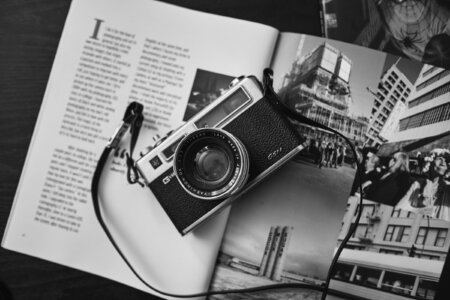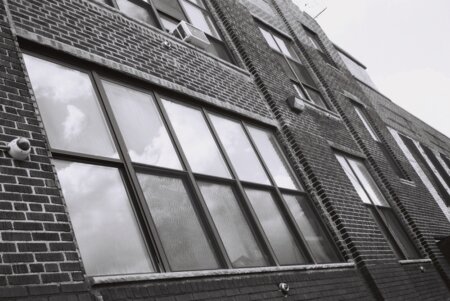When Yashica hinted at the fact that they were coming out with a new camera, I expected something like the Yashica GSN Electro 35. But instead, I was given something that is much different but that arguably can’t be called a Yashica camera in the sense that we’ve known it to be. It’s something much different. And for me, my reintroduction to film came with the Yashica GSN Electro 35. It was many years ago: companies just didn’t get it back then. I (and apparently many others) wanted a camera that looked good, had retro aesthetics, and that took great photos. To get those aesthetics, I ended up going and getting a Yashica camera. Olympus broke the mold, then Fujifilm, and then everyone else tried getting into it. Yet to this day, no one makes anything quite like those old retro cameras except for maybe Leica.
An inspiring documentation of the monochrome lifestyle
Tagged review
Review: Kodak T-Max 400 (120 and 35mm)
If you’re a fan of Kodak Tri-X 400, you should really give Kodak T-Max 400 and see what you’re missing.
Using the LOMO’INSTANT Automat with Fujifilm Instax Mini Monochrome (Premium)
Fujifilm Instax Mini Monochrome is capable of deliver images that are very high quality. But the medium needs better cameras and lenses.
Review: MacPhun Tonality
Nik Software is now free, but there are lots of other options that can help you create better black and white images for a little bit of money. Take MacPhun’s Tonality for example: consider it the closest thing to blending Adobe Lightroom, RNI Films, and Instagram. Designed for mostly enthusiasts, Tonality had some of the same people working on it that used to produce Nik Software’s products. However, it also slates itself in a spot where it makes sense for the serious photographer since it can also function as a plugin for Lightroom and Photoshop. If you’re using Adobe Lightroom,…


